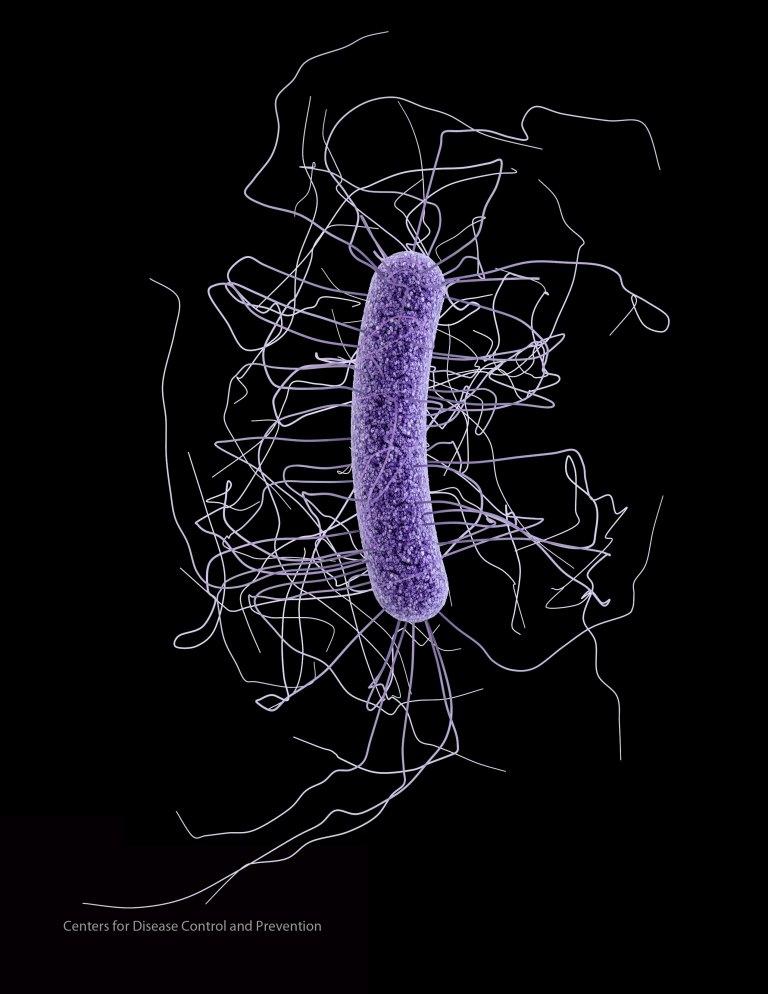The US Centers for Disease Control and Prevention (CDC) today released two key reports on healthcare-associated infections (HAIs), one that fleshed out the burden using data from the nation's hospitals and another that tracked progress on different types of HAIs, showing a promising downward trend, with areas that need more improvement.
For example on a typical day, 1 in 25 patients in the United States comes down with an infection during a hospital stay, according to a report that estimated the burden for 2011, which appeared today in an early online release from the New England Journal of Medicine (NEJM). The CDC-led team that produced the report also includes officials from 10 state health departments.
At a media telebriefing today, Michael Bell, MD, deputy director of the CDC's Division of Healthcare Quality Promotion, said the findings in today's reports are based on better data than the CDC has had in the past to gauge HAI patterns. Though he said the reports aren't directly comparable to ones published years earlier, the overall downward trend is real, and the reports shine a light on some of the most important pathogens, such as Clostridium difficile and Staphylococcus aureus.
HAI burden
The report on the HAI burden is based on 2011 data from 183 US hospitals, covering a wide range of infections. The authors found about 721,800 infections in 648,000 hospital patients. About 75,000 patients with HAIs died during their hospital stays.
The most common infections were pneumonia (22%), surgical site infections (22%), gastrointestinal infections (17%), urinary tract infections (13%), and bloodstream infections (10%).
Meanwhile, the most important pathogens isolated in HAIs included C difficile (12%), S aureus, including methicillin-resistant S aureus (MRSA) (11%), Klebsiella (10%), Escherichia coli (9%), Enterococcus (9%), and Pseudomonas (7%). The CDC pointed out that Klebsiella and E coli are both members of the Enterobacteriaceae family, which has become increasingly resistant to carbapenems, which are often used as last-resort antibiotics.
Big drop in central-line infections
The second report, posted on the CDC's Web site, describes national and state patterns in a subset of infections that are routinely reported to the CDC. The biggest decrease occurred in central line–associated bloodstream infections, which dropped by 44% between 2008 and 2012. For 10 common surgical procedures tracked in the report, related infections fell by 20% during the same time frame.
However, the CDC's experts saw smaller downturns in two other infections: Hospital-onset MRSA infections fell by 4% from 2011 to 2012, and hospital-onset C difficile infections dropped off by 2% over the same period.
Bell said the sizeable drop in central-line infections is a sign that prevention measures are protecting some of the most fragile hospitalized patients. He said central lines are an important treatment tool, but they provide a "freeway" for bacteria to get into the bloodstream.
He added that the report shows a more stubborn trend for hospital-acquired urinary tract infections, typically from catheter use. While patients don’t typically die from those infections, he said, they aren't trivial, because UTIs are major drivers of broad-spectrum antibiotic use, a factor that contributes to antibiotic resistance.
Data by state
The state-specific information in the progress report is based on data from 12,600 healthcare facilities across all 50 states, Washington, DC, and Puerto Rico. Not all states had enough information to calculate information for every infection covered in the report.
None of the areas performed better than the nation as a whole on four types of infections reported by states.
The CDC looked at how states performed against each type of infection. For example, it found that 16 states performed better than the nation on two infections and that two states performed better with three infections.
On the other hand, performance for 16 states was below the national level for two infections, and seven performed worse for at least three infections, according to the report.
Promising progress
Also at today's press briefing, parents who lost a son to an HAI spoke to reporters about the important role that patients, their families, and loved ones play in preventing such infections. The parents, Victoria and Armando Nahum, founded the Safe Care Campaign in 2006 to educate people about specific steps they can take to curb the infections, such as asking health providers to wash their hands and asking if urinary catheters can be removed.
Victoria Nahum said she breathed a small sigh of relief at the promising findings in the reports, but that her feelings are tempered by extreme caution over the antibiotic resistance threat. She said people should feel empowered to prevent their own infections and ensure that they receive safe medical care. "We’re all in this together. Our personal roles leave us accountable for our own actions," she added.
In response to today's reports, the Society for Healthcare Epidemiology of America (SHEA) hailed the findings. In a press release, Daniel Diekema, MD, SHEA's president, said, "This progress is the direct result of the ongoing efforts of healthcare workers who are dedicated to improving patient care and outcomes."
He noted that the results show that the greatest progress has been made in reducing infections for which there are well-studied prevention approaches. "For many other HAIs, we must still make progress in understanding what prevention approaches work," Diekema said. "More funding for HAI prevention research is essential to make this happen."
Magill SS, Edwards JR, Bamberg W, et al. Multistate point-prevalence survey of health care-associated infections. N Engl J Med 2014 Mar 26;370:1198-208 [Abstract]
See also:
Mar 26 CDC press release
Mar 26 CDC National and state healthcare-associated infections progress report
Safe Care Campaign Web site
Mar 26 SHEA press release





















